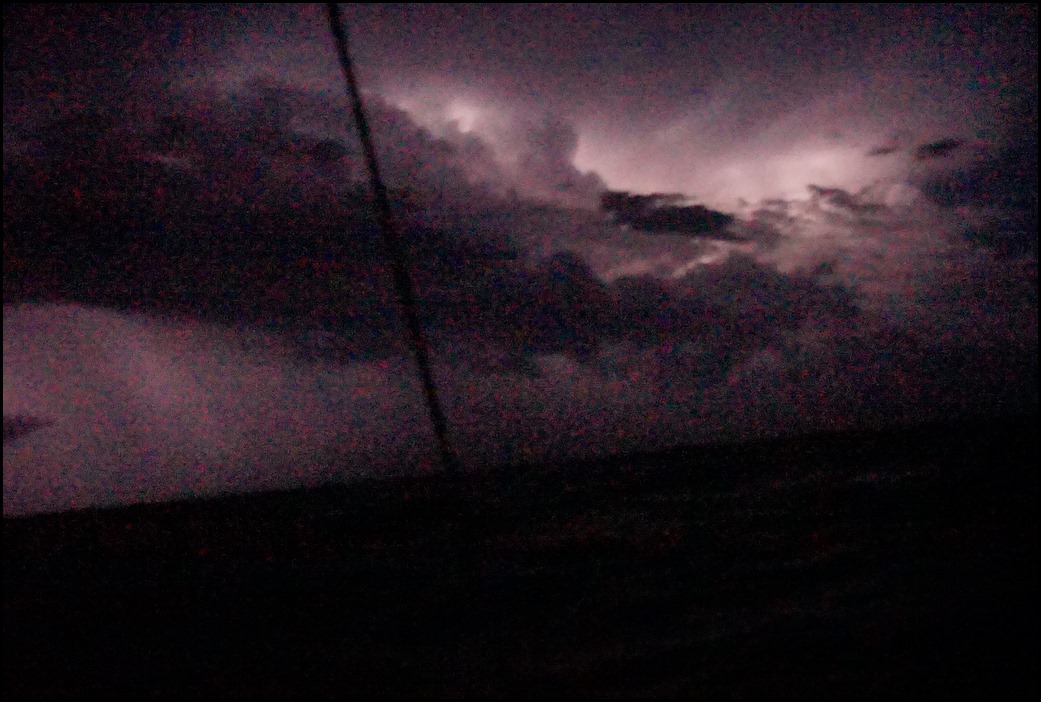
Our last night at Conception Island in The Bahamas was a tad rugged. We were on a lee shore (for the non-yachties- the wind was blowing us towards the shore. On a lee shore the boats safety relies on the integrity of your anchor and, if this fails, then you are on the rocks/beach. That’s not good, so lee shores are to be avoided if possible) and we were all in a hurry to leave early in the morning. After a hurried goodbye to our friends on Four Coconuts, we headed east to San Salvador for our last night in the Bahamas before our 4 night passage to The British Virgin Islands.
As we approached the northern side of San Salvador we saw breaking waves reaching right across the narrow cut of the entrance to the protected anchorage. We weren’t quite ready to be on passage (we had intended to get one more peaceful night on anchor) but it wasn’t safe to go in, so, we headed east and out into The Atlantic Ocean en route to the BVI’s a day early. We were happy we did because we heard that squalls of 85 knots hit the Exuma’s that night and at least 3 boats in Georgetown had sustained damage! The storm/hurricane was later named hurricane Alex…Grateful for our fast boat as we were more than 150 miles away from the centre of the low when the storm hit!
We did have a rough ride (think; vomiting children) on our first night out with large rolling 8′ swells from the north, a 5′ cross sea from the south west and rain squalls to 35 knots. The following day wasn’t much better but night 2 saw calmer seas and no wind and we found ourselves motor-sailing on dark, silky seas until our last night out (night 4) when we got a very pleasant 8-15 knots..
Our original plans to visit Puerto Rico and the U.S Virgin Islands were foiled by the ridiculous U.S visa requirements for Aussies. But, we (read: weatherman Russ who is totally obsessed with forecasts) concocted a stealthy plan that got us upwind without any nasty upwind battles, so it worked for us to omit these stops from our itinerary anyway (we were mostly disappointed about missing the old port of San Juan in Puerto Rico…)
The plan centered around riding a front straight out into The Atlantic. Fronts disrupt the easterly trade winds and the idea was to ride westerly and northerly winds as far east as possible before heading south.
Most cruisers routed down the island chain spend 6-10 weeks day hopping against the trade winds along what is affectionately known as ‘The Thorny Path’- from Turks and Caicos to Puerto Rico, Dominic Republic, the U.S Virgin Islands and onto The British Virgins…all an upwind struggle. We took the express train…
Occasionally, large ocean liners that look like neon space ships appear out of the darkness of the ocean. They break up the monotony of nothing but black and twinkling stars and the excitement of seeing them help the night watch go a little quicker. It is fun to look them up on the AIS (an international vessel registration tracking system that allows you to access information like the name, length, tonnage and draft of a vessel. With the combined gps/vhf it also tells you a vessel’s exact speed, position, destination and, importantly, how close it will get to you) Occasionally a ships captain will get on the radio and say hello ![]() This one did. He was curious what our destination was as he said it was unusual to see a smaller sailing boat out there heading East!
This one did. He was curious what our destination was as he said it was unusual to see a smaller sailing boat out there heading East!
When I am on watch, I set a timer at 15 minute intervals to remind me to do my checks- horizon, course, sails, wind, speed…and…has the kettle boiled yet?…
To do my horizon check I always do a visual sweep on both sides of Tika just in case there is a vessel that is obscured by the sails from one side or the other. On night 3, at about 12 midnight, I was doing such a check. Port side horizon scan- nothing. Look up and check the sails (we had a mainsail and our big code zero up)-all good. I move over to the starboard side- horizon scan- no ships. Sail check- all good. I was just about to head back into the saloon to attend to the all important whistling kettle when I heard a bang. I went straight back to port side and looked up. No sail. It was one of those bizarre moments when your brain gives itself a little talking to “I’m sure we had the code zero up didn’t we? I just saw it, like, 10 seconds ago didn’t I? Maybe it’s my eyes (squinting) No….I am pretty sure there is no sail there now. Shit!”
We laughed for many months afterwards about the way I woke Russ up “Russ, Russ, something’s happened to the sail” Russ; (half asleep) “wha?? what’s happened to it?” Greer; (still trying to make sense of it) “err..umm…Its..gone!” ![]()
Luckily it was very calm with very little wind and we were able to calmly assess the situation. We figured that, somehow, the halyard had failed (Russ said that it was stiff to pull up. We later discovered it was a sheave that had broken) When the halyard gave way, the entire 120 sq. m. sail dropped into the water. The tack of the sail (bottom corner) is attached to the bow sprit and with the weight of the sail dragging in the water, the two welded tangs that hold the bow sprit onto the cross beam broke (this was the bang I had heard)
So the sail and the (20 kilo) bow sprit were both in the water still attached to the boat via a tangle of rope consisting of sheet and furling line. As I peered overboard I could now see the sail eerily ballooning out like a monstrous, water-logged ghost just under the surface of the inky water. I could also clearly see that it had a nasty rip in it.
We used the anchor winch to hoist the bow sprit back on board. Then we released the tack and slowly hauled the massive sail over the stern and up onto the tramp where we lashed it down for the remainder of the night. The following day Russ and Jaiya repaired the big gash well enough for us to fly it one more time before we arrived in the B.V.I’s.
I would have hated to have attempted recovery of this sail and sprit in more boisterous conditions but as it was we were back on course (and I finally got my cup of tea) by 1.30am. We now had a few additional maintenance items to think about (sail repairs and finding a welder to weld the bow sprit tangs back on) but we had saved our sail and bow sprit from the depths of the ocean and we were pretty happy about that!
Below:Tika’s bow sprit- This was dragging in the water along with the 120 sq. m sail
The following day we were ghosting along so slowly that we decided to have a quick swim hanging off the stern ladders. Even when Tika feels as though she is becalmed, you have to hang on tight to the ladder because the pull is surprisingly strong! We looked down and opened our eyes to 2000ft of deep, deep blue ocean. Wow.
Four nights out is our longest passage so far and we were all excited to get our first visual of the land that is The British Virgin Islands. They looked spectacular as we approached- like massive, green boulders, they presented themselves one by one on the briny horizon.
Next Post: Pirates, Shipwrecks and Painkillers in The British Virgin Islands…
This entry was posted in The Sail.
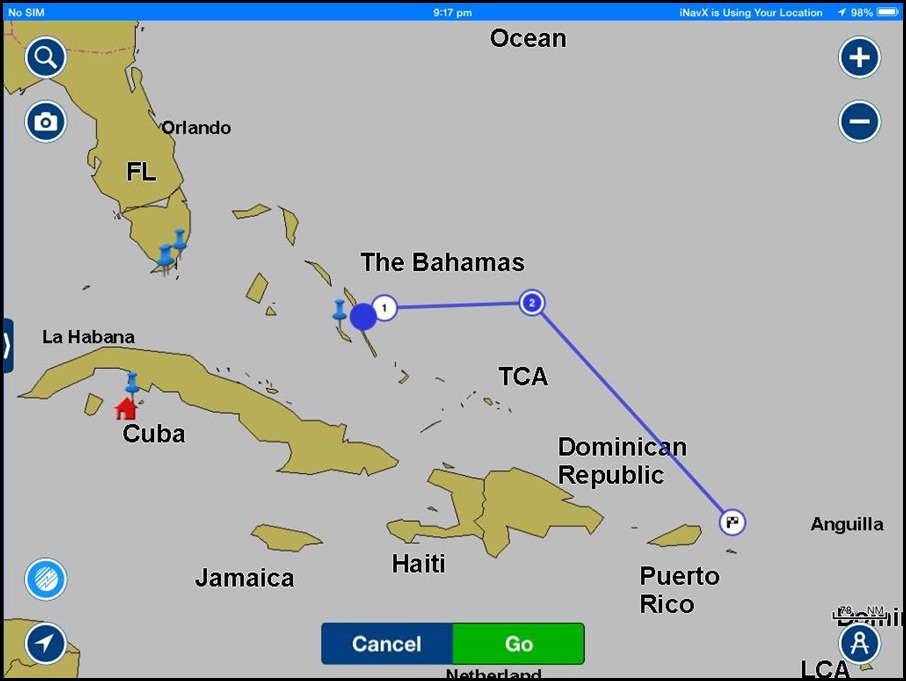
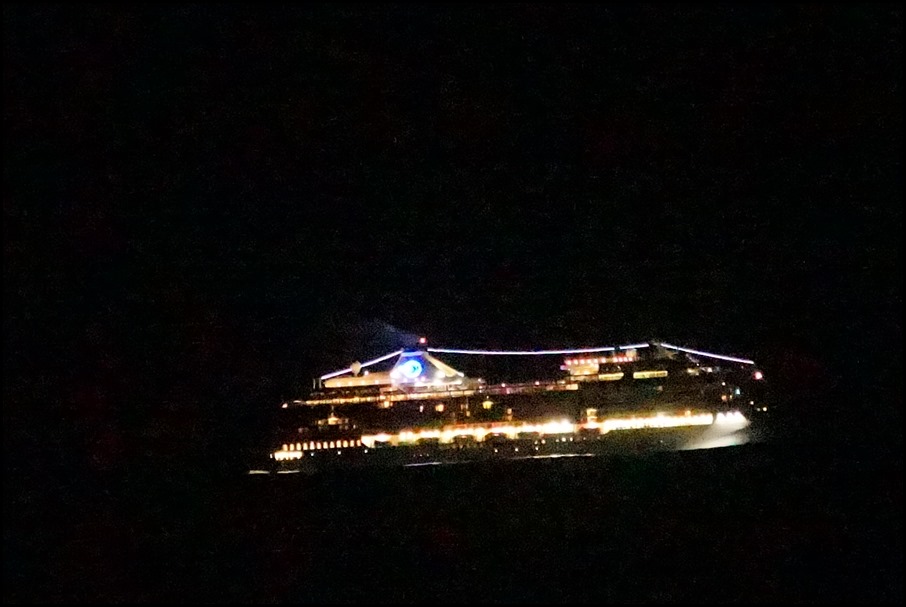
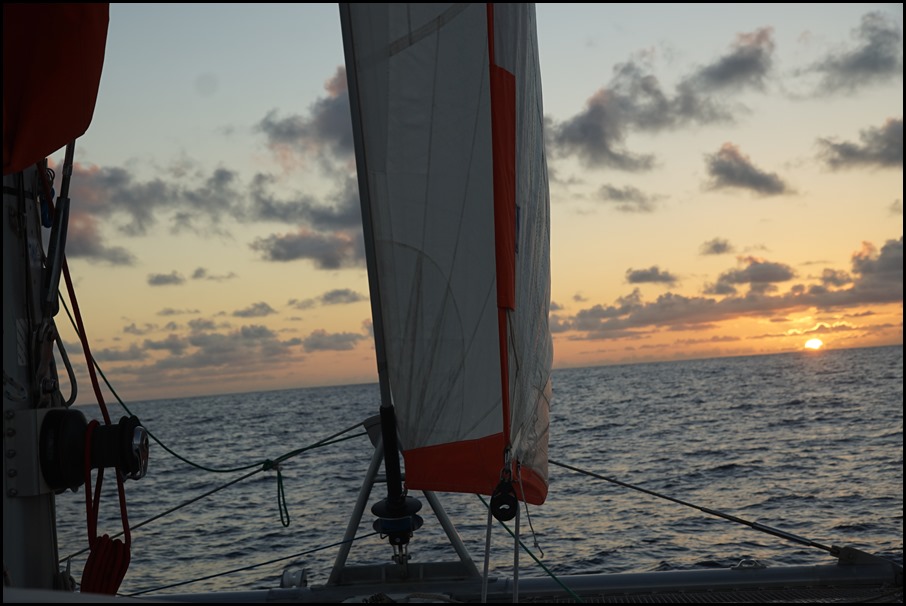
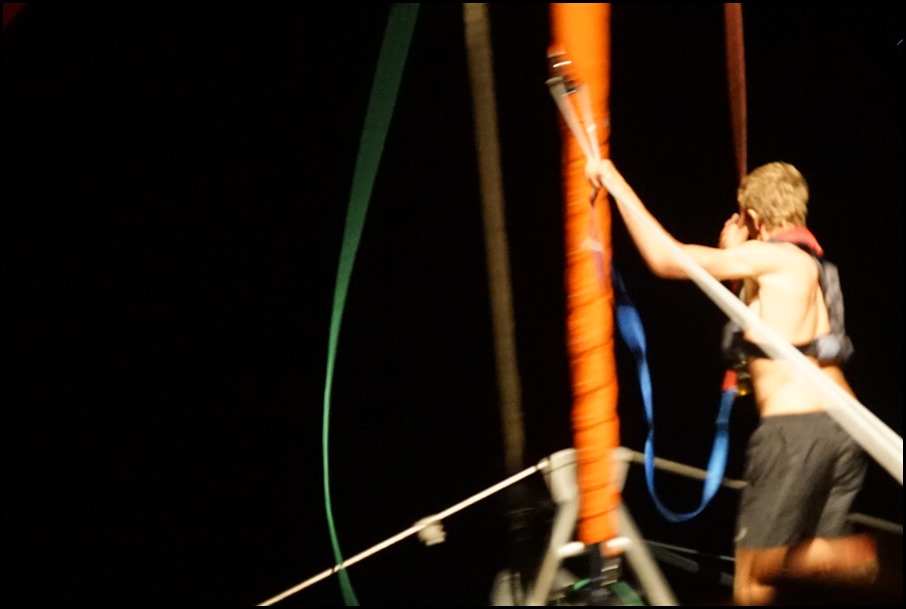
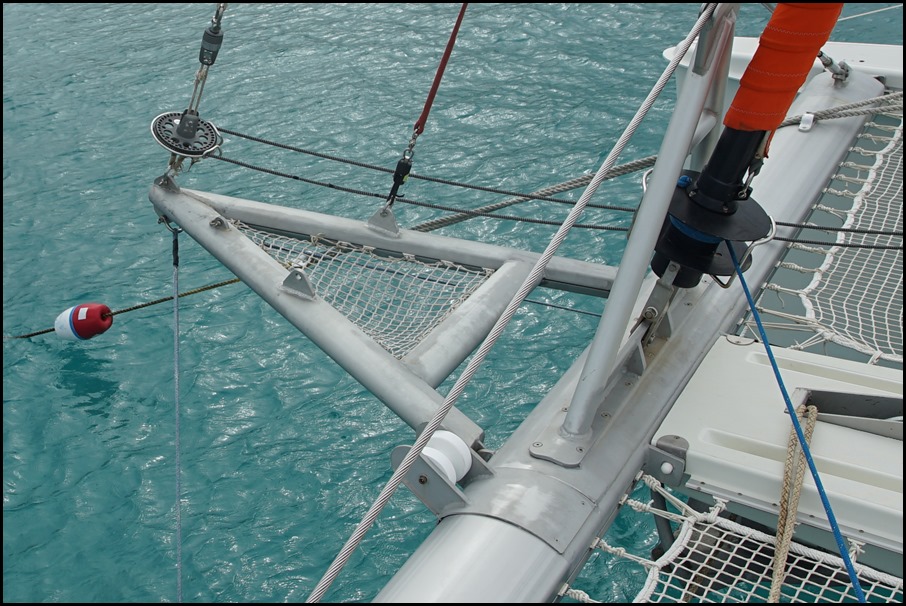
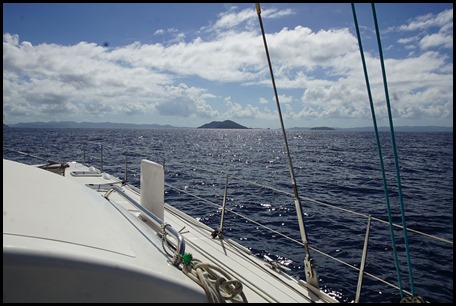
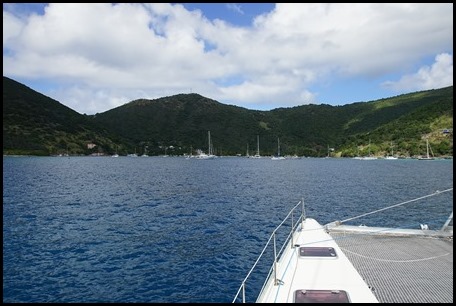
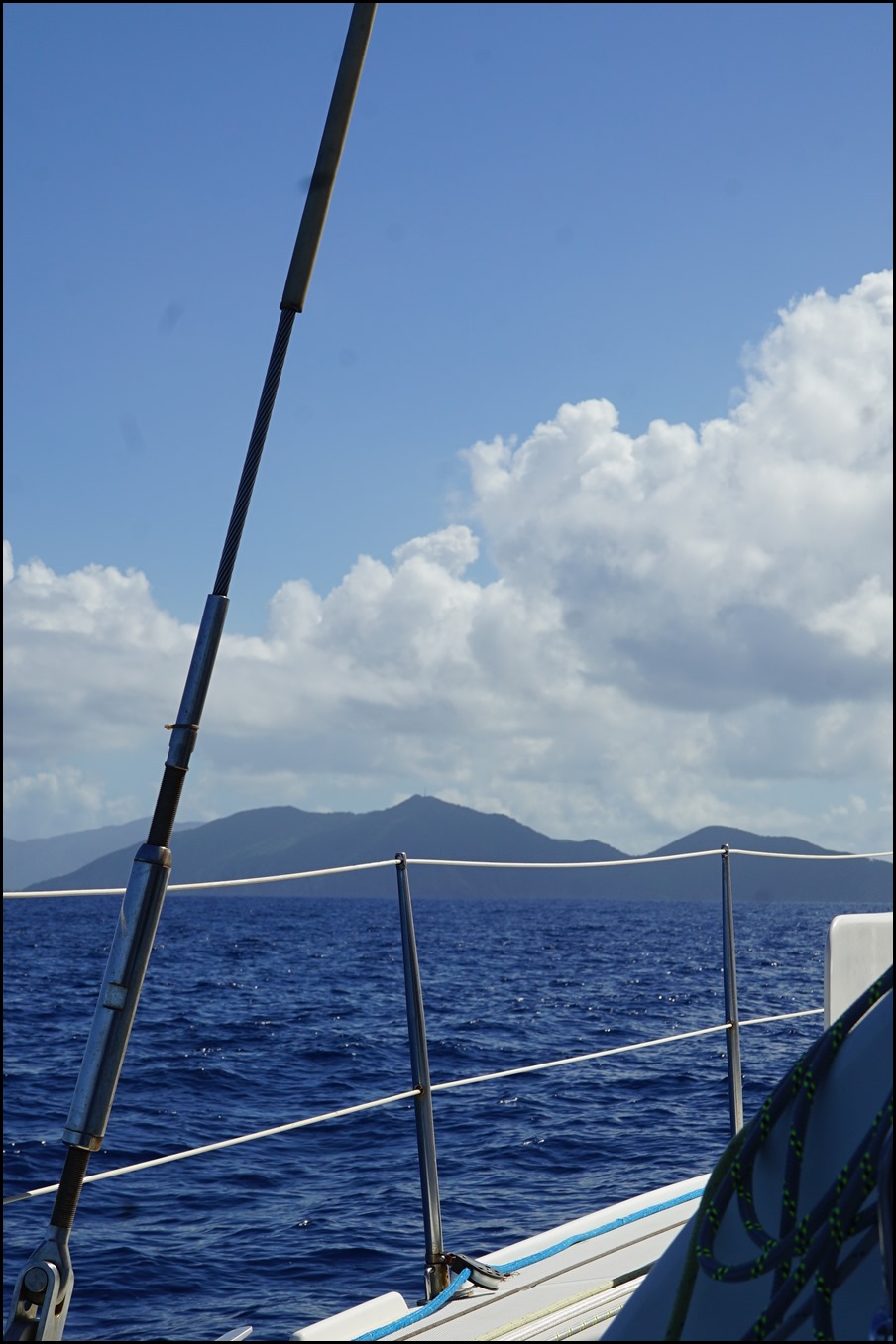
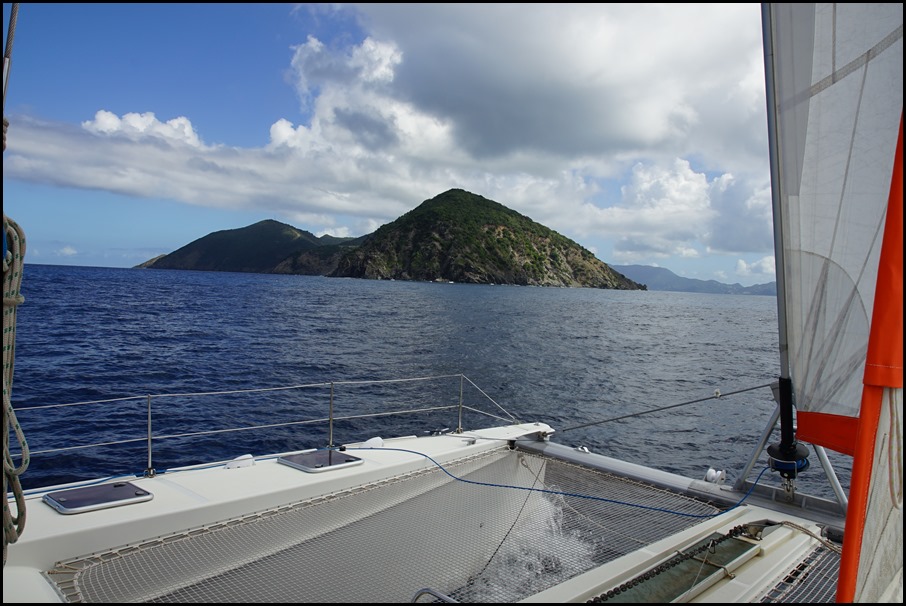
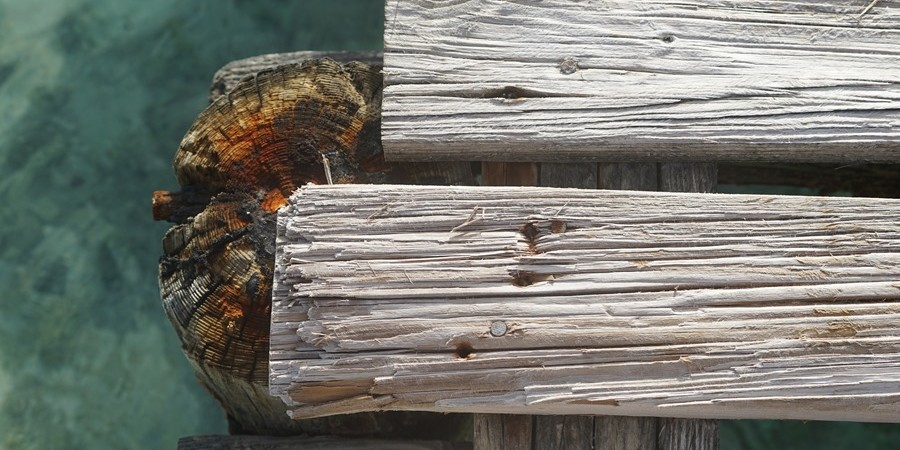
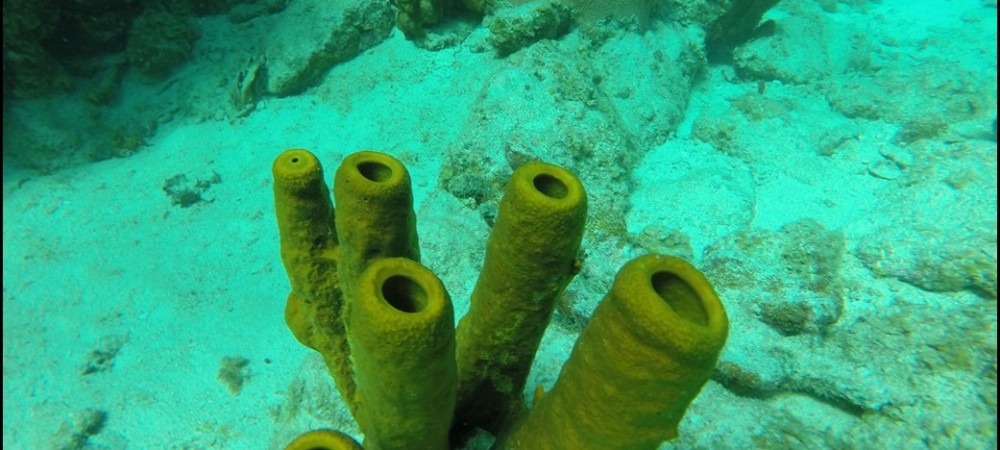
Glad it’s still going well for you all.
Keep them coming will discuss further with Ralph and Yvonne over wed coffee. There has to be a book in this somewhere… Eh?
Russell
I see you don’t monetize your blog, i think there
is one opportunity to earn additional money on your website, search in google for; idol4jp makes money